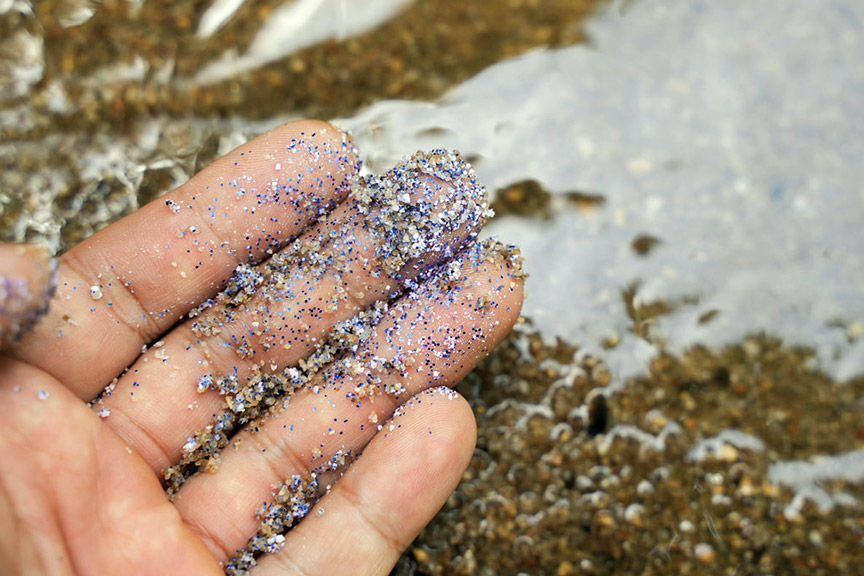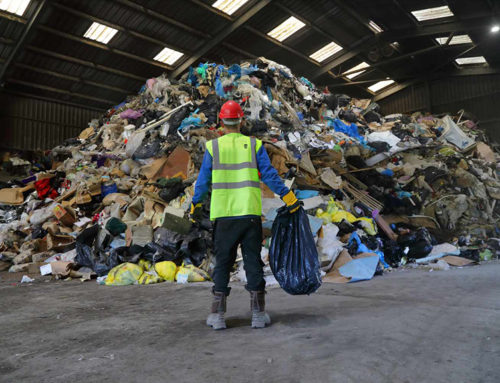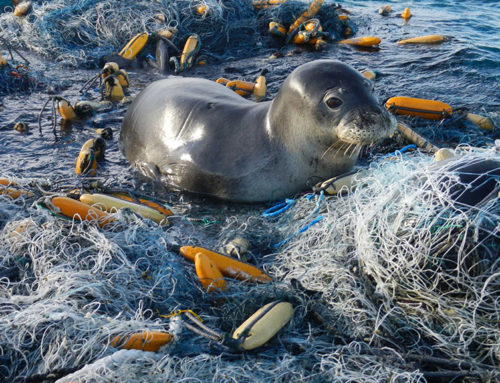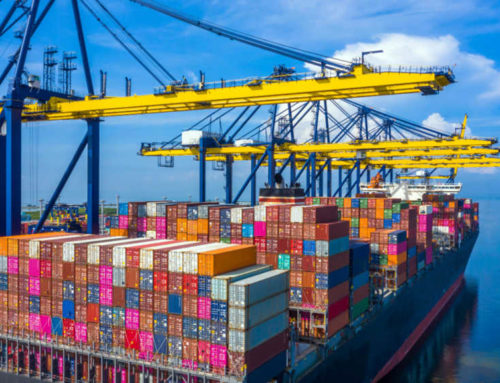The presence of chemicals within microplastics in our oceans, waterways, and drinking water sources is a major concern for scientists and public health officials. Recent studies reveal that traditional methods fail to detect the smallest microplastic particles (MPs) in ocean waters, spanning regions from the Caribbean to the Arctic.
A groundbreaking study by scientists from the School of Marine and Atmospheric Sciences (SoMAS) at Stony Brook University, led by Dr. Luis Medina Faull, sheds light on this pressing issue.
How Do Microplastics Enter the Ocean?
Microplastics infiltrate the ocean through various pathways. One significant source is the degradation of larger plastic debris caused by sunlight, waves, and other environmental factors. Over time, plastic items like bottles and bags fragment into smaller pieces, contributing to the microplastic pollution problem.
The Role of Advanced Detection Methods
The researchers employed Raman microspectroscopy, a sophisticated laboratory technique that combines vibrational spectroscopy with microscopy, to detect and chemically identify minute particles in environmental samples. These samples were collected from three distinct global ocean regions: the northeastern coast of Venezuela, the Gulf Stream Current, and the Pacific Arctic Ocean.
Identifying the Smallest Ocean Microplastics
Standard net tow surveys, which use tightly meshed plankton nets to capture particles, have limitations in detecting smaller microplastics. Raman microspectroscopy, however, can identify much smaller particles. The study found that the most abundant MPs in seawater ranged between 1 and 14 micrometers, with 60 percent under 5 micrometers and none larger than 53 micrometers.
“Our results highlight the numerical primacy of small MP particles in seawater. This size fraction has been totally overlooked in almost all marine MP surveys,” said Dr. Medina Faull.
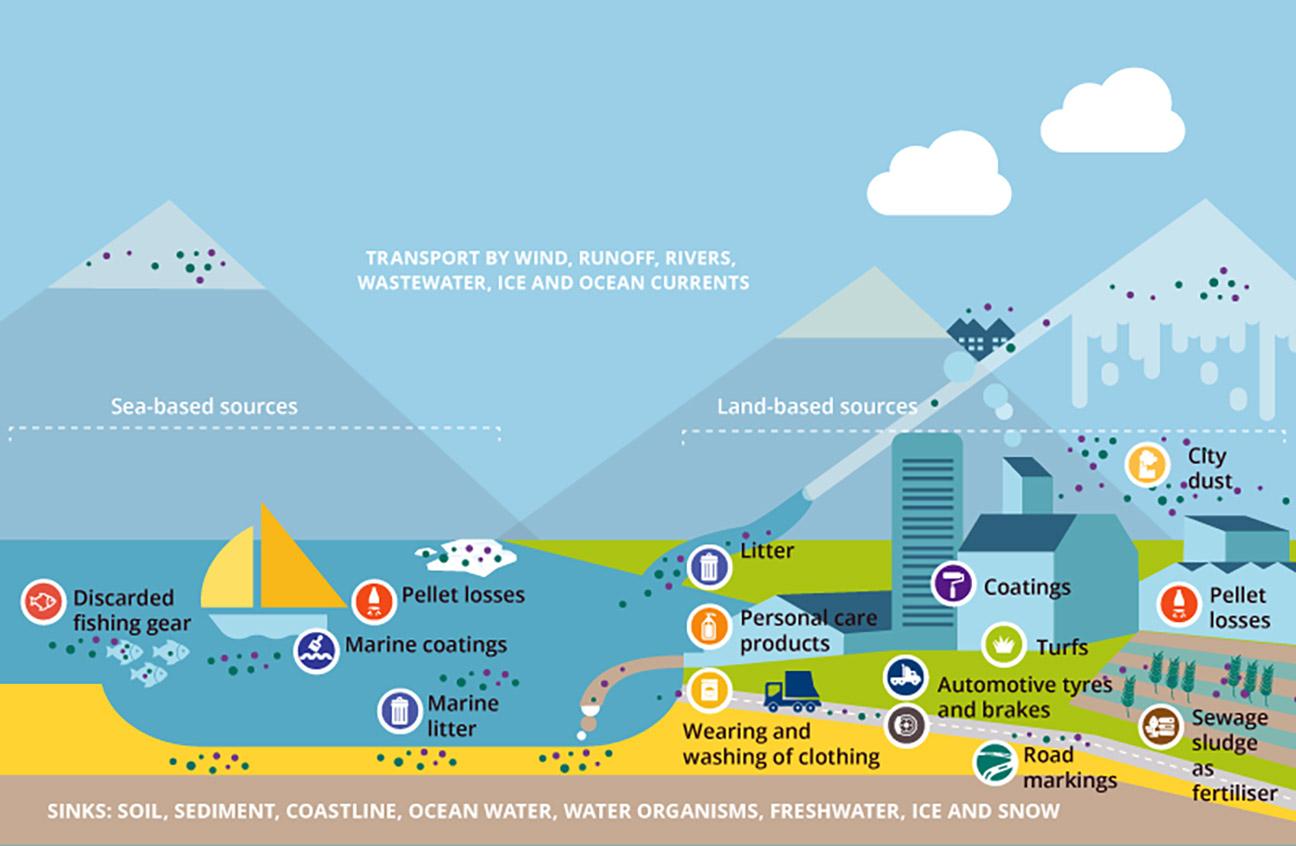
Importance of Mass-Based Inventories
The detection method used in the study enabled researchers to determine the identities and sizes of MP particles, from which masses were calculated. Mass-based inventories provide more accurate and meaningful estimations of global oceanic plastic inventories. Dr. Faull explained that this information is vital for calculating the mass flux of MPs through aquatic ecosystems.
Implications for Human Health
The researchers discovered that the smallest MPs contained chemicals potentially harmful to both marine life and human health if consumed through the food web. The most abundant polymers detected were polypropylene, polystyrene, and polyethylene, consistent with the composition of global plastic waste in oceans.
Dr. Jaymie Meliker, a professor at Stony Brook University not involved in the study, emphasized the need for more public health research on microplastic exposure. “Understanding health risks from exposure to microplastics is a vastly understudied area. Investigations are needed to understand the health impacts from microplastics of different shapes, sizes, and compositions,” he stated.
Challenges in Addressing Microplastics in Oceans
Dr. Faull highlighted the challenges in addressing and capturing the proliferation of MPs in the world’s oceans. “Firstly, most of the ocean is grossly under-sampled, and the majority of existing data is based on towed net studies. Smaller, less buoyant MP particles residing below the ocean’s upper few meters are almost never sampled,” he explained. “Secondly, understanding sources of MPs transport and final landing locations, such as ocean floors, is crucial to explain the distribution patterns of MPs throughout the ocean.”
This study underscores the urgent need for more comprehensive sampling and research methods to fully understand and mitigate the impact of microplastics in our oceans. The findings are published in the journal Marine Pollution Bulletin.

